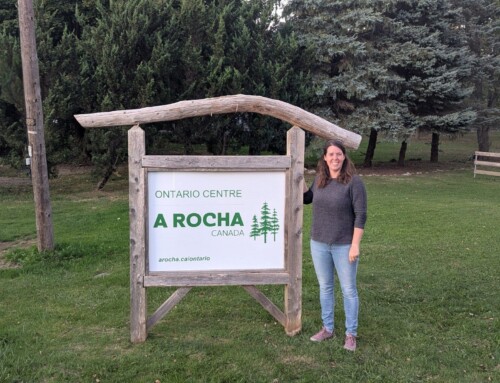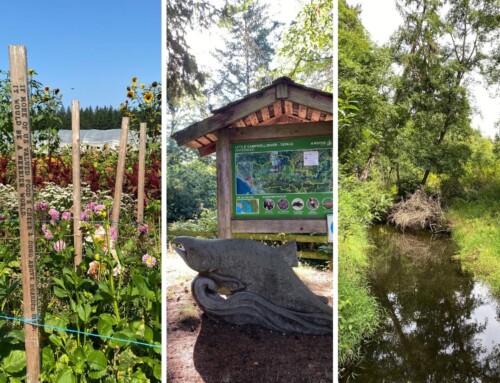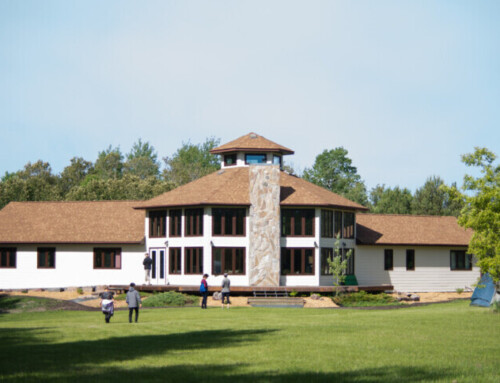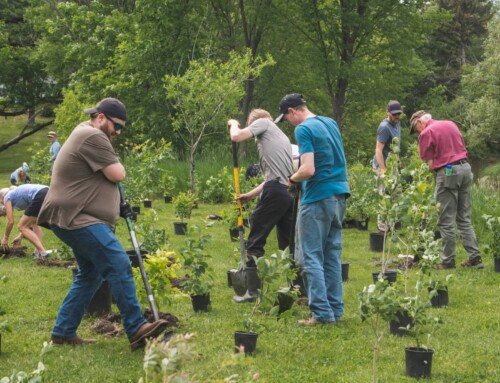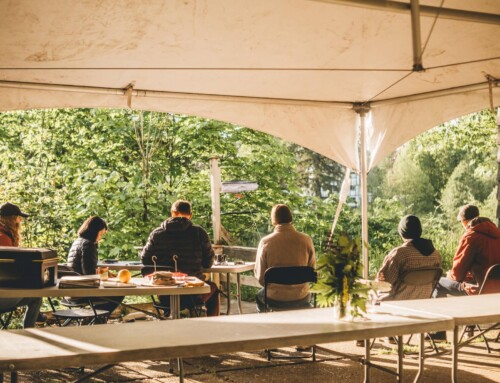Knowing the history of a place is an important part of understanding and appreciating it in the present. Often, it can be easy to think of places as unchanging, having always been the way they currently are. But learning the history of places can reveal that great change has occurred and that many otherwise unassuming places have a more significant meaning than we think.
To this end, we invited David Scott, a member of Swan Lake First Nation. He describes himself as the carrier of his grandfather’s teachings and his grandmother’s memories. He is a storyteller and a traditional historian. Scott’s grandfather lived to be 108 years old, which puts his connection to first-hand history back into the 19th century.
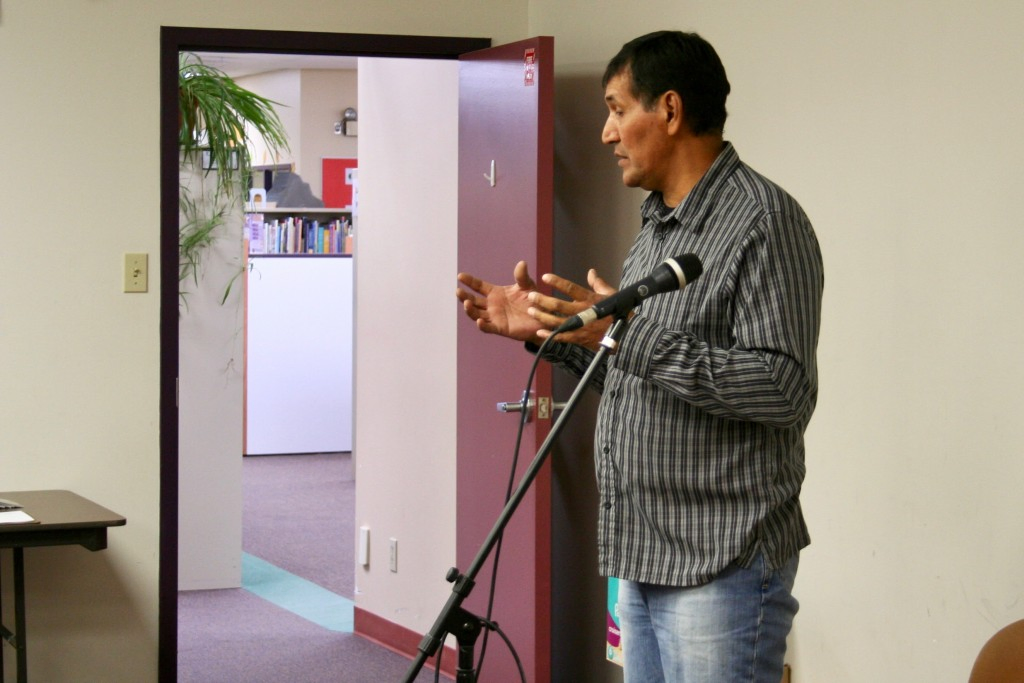
Scott’s presentation focused on teaching us the way his ancestors lived in the Pembina Valley and Southern Manitoba region. In that time, there weren’t borders like we know them today. People traveled throughout the spring and summer to collect the various plant and animal resources they needed to survive the winter. At the end of summer they would gather as a large group for a Sundance. This dance was, in part, a way of recommitting to one’s responsibilities to family and the land, including plants and animals. After the dance, the group would split up into smaller family groups again for the winter.
He also explained that some of our local landmarks were significant places for his ancestors as well. For example, the area where Lake Minnewasta is located was a gathering place. Also, Star Mound was a place of importance where muskrats could be found in the spring.
Although not a Christian himself, some of Scott’s teaching helped us reflect on Christianity’s view of creation. He explained that his tradition teaches that everything has a spirit, which was a way of understanding the respect due to plants and animals. The Christian scriptures talk about how all creation praises God, but we don’t always know what to do with this. Perhaps the First Nations’ understanding of all things having a spirit can help us to think through this.
Not all of Scott’s stories were easy to hear. Scott also explained many of the changes that caused suffering in the lives of Aboriginal people and how this suffering continues today. The loss of their language, which is an important way to understand their tradition, is one of the most significant obstacles to recovery. English does not quite communicate concepts in the same way. Christians can recognize a much milder version of this when working to understand the depth of meaning in words and concepts in our scriptures which were originally written in Hebrew, Greek, and Aramaic.
The story of Scott’s mother, who grew up in the Snowflake area, also brought up a significant lesson. She struggled significantly with the difficulties that came in life. However, later in life she found revisiting the places of her upbringing to be deeply encouraging. This is a reminder that this landscape is full of places that have been significant to people over many years. Recognizing their role in the lives of the individuals and communities who came before us helps us to grow in appreciation of these places.
Our next Nature Talk will be Trees and Their Care with local arborist David Wallace on December 16th. Learn more about this event here.



